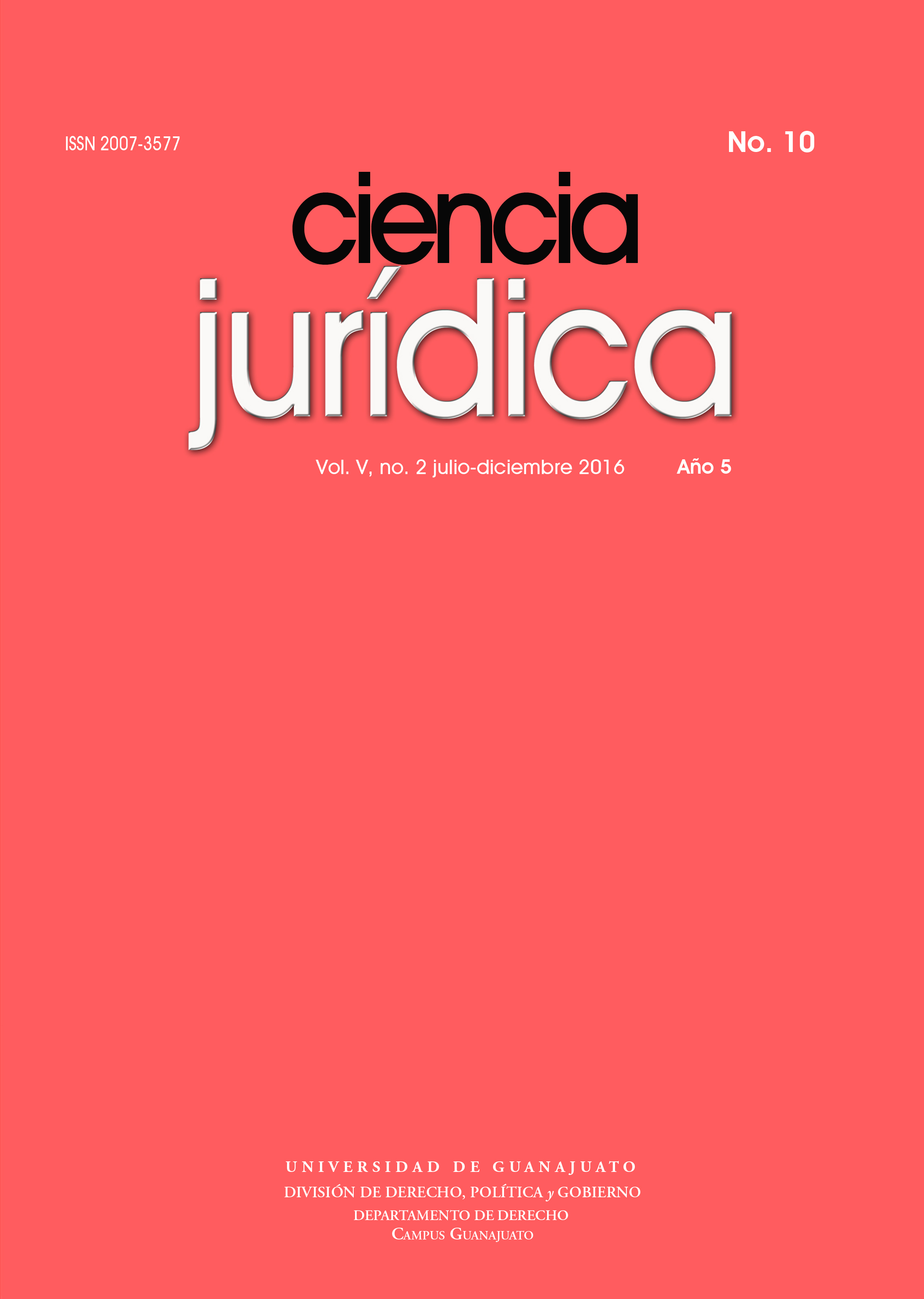Abstract
The measurement of the relative influence of electoral candidates could be biased by ideology. We properly justify considering a model of spatial competition with two parties for Brazil. We compare the results of the presidential elections with the expected ones from the ideological distribution of Brazilians. Through this comparison we provide a ranking of the valence or quality of the candidates for the presidential elections of 2006 to 2014.References
ALCANTARA, M., Sistemas políticos de América Latina, Volumen I, América del Sur, Madrid, Editorial TECNOS, 1999.
ANSOLABEHERE, S. & SNYDER, J., Valence politics, Public Choice, Vol. 103, 327-226, 1999.
ARAGONES, E. & PALFREY, T., Mixed equilibrium in a Downsian Model with a Favored Candidate, Journal of Economic Theory, Vol. 103, 131-161, 2003.
DOWNS, A., An economic theory of democracy, Nueva York, Harper y Row, 1957.
HOTELLING, H. Stability in competition, Economic Journal, 39: 41-57, 1929.
HAZAN, Reuven, Centre paties: Polarization and competition in european parlamentary democracies, Londres, Editorial Pinter, 1997.
LEÓN GANATIOS, L., La teoría espacial del voto: una propuesta de aplicación en Latinoamérica, Revista Mexicana de Análisis Político y Administración Pública, 2: 57-79, 2013. LAPOP (latinamerican public opinión project) http://datasets.americasbarometer.org/database-login/usersearch.php [visitado el 30 de noviembre de 2014]
MENEGUELLO, R., Las elecciones brasileñas de 2010: política nacional, fragmentación partidista y coaliciones. En Alcántara y Tagina (coord.) Elecciones y política en América Latina. México, Editorial Porrúa., 2013.
NOHLEN, D. Sistemas electorales y partidos políticos. México, Fondo de Cultura Económica, 2004.
OÑATE, P. & OCAÑA, F., Análisis de datos electorales, Madrid, Centro de Investigaciones Sociológicas, 1999.
POLITICAL DATABASE OF AMERICAS. Elecciones de 1989 en internet http://pdba.georgetown.edu/Elecdata/Brazil/pres89.html [visitado el 14 de diciembre de 2014]
_____________, Elecciones 1994 en internet http://pdba.georgetown.edu/Elecdata/Brazil/pres94.html [visitado el 14 de diciembre de 2014]
_____________,Elecciones 1998 en internet http://pdba.georgetown.edu/Elecdata/Brazil/pres98.html [visitado el 14 de diciembre de 2014]
_____________, Elecciones 2002 en internet http://pdba.georgetown.edu/Elecdata/Brazil/pres02.html [visitado el 14 de diciembre de 2014]
___________, Elecciones 2006 en internet http://pdba.georgetown.edu/Elecdata/Brazil/pres06.html [visitado el 14 de diciembre de 2014]
_____________, Elecciones 2010 en internet http://pdba.georgetown.edu/Elecdata/Brazil/pres10_1.html [visitado el 14 de diciembre de 2014]
TRIBUNAL SUPREMO ELECTORAL DE BRASIL, Elecciones 2014 en internet http://divulga.tse.jus.br/oficial/index.html. [visitado el 14 de diciembre de 2014]
SARTORI, G., Partidos y sistemas de partido, Madrid: Alianza Editorial, 1987.
_____________, Partidos y sistemas de partido, Madrid: Alianza Editorial, 2009.
STOKES, D., Spatial models of party competition, American Political Science Review, Vol . 57, Núm. 2, 368-377, 1963.
WITTMAN, D.(2007) Candidate quality, pressure group endorsements and the nature of political advertising, European Journal of Political Economy, Vol. 23, 360-378, 2007.
The authors retain the copyright and must provide in writing the authorization for the first publication, via a computer network and printed to Juridical Science. Third parties are allowed to use the published information provided that the authorship of the work and the first publication in this journal are respected and made public.
The works published in this magazine are under a License CreativeCommons Attribution-Non-Commercial-ShareIgual 4.0 International.

